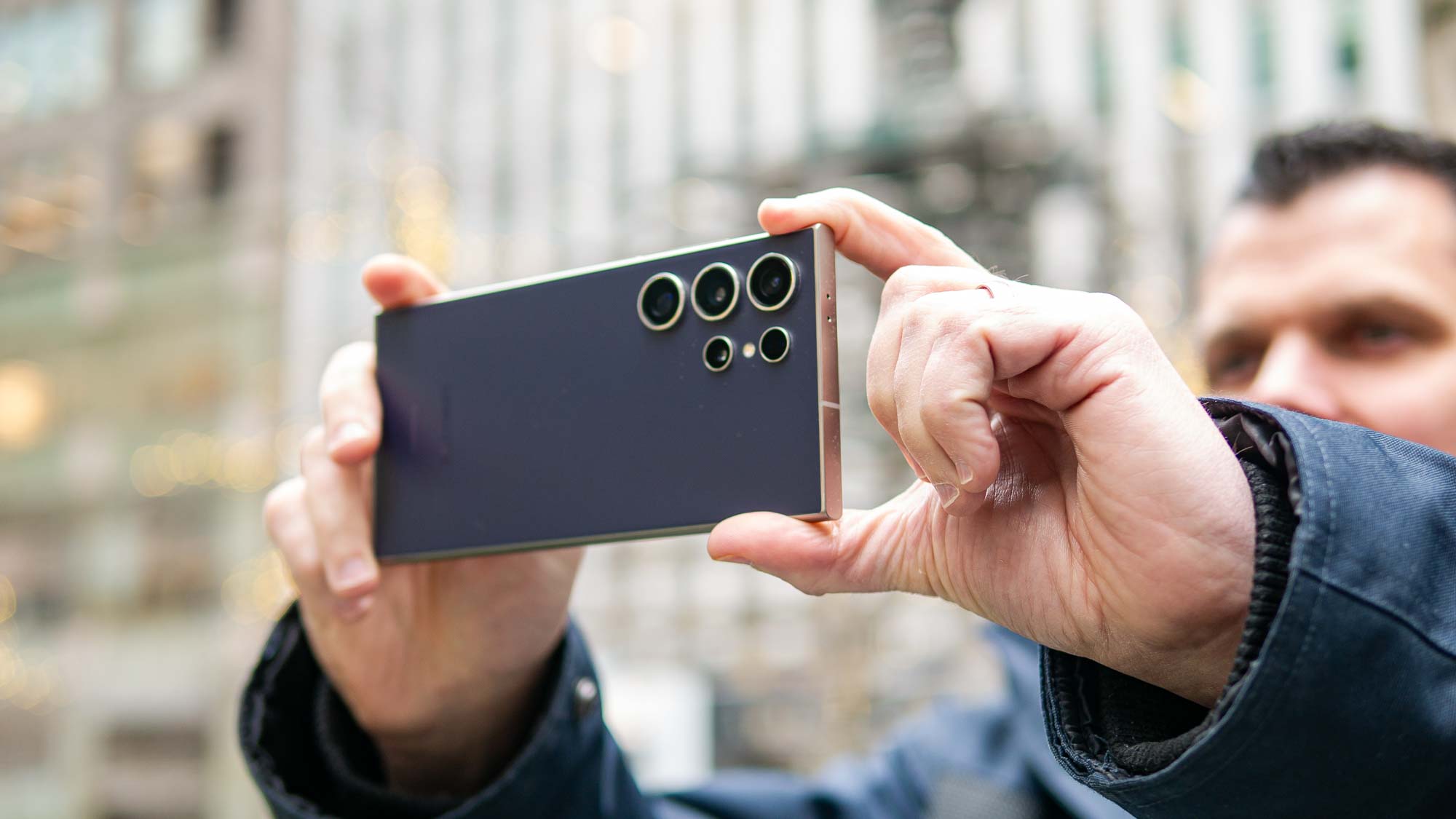
Introduction to Waterproofing in Smartphones
Smartphones have become indispensable in our daily lives. With increased usage, the risk of water damage has grown. Samsung, a leading smartphone manufacturer, has addressed this concern by producing waterproof phones. This guide explores the top waterproof Samsung phones, their features, and what sets them apart.
IP Ratings: Understanding the Standards
Waterproofing in smartphones is often rated using the International Protection Marking (IP) system. The IP rating consists of two digits: the first digit indicates protection against solid particles, and the second digit indicates protection against water. For example, an IP67 rating means the device is dustproof and can withstand immersion in water up to 1 meter for 30 minutes.
Samsung's Approach to Waterproofing
Samsung employs several technologies to ensure their phones are waterproof:
- Seals and Gaskets: These seal the phone's openings, preventing water entry.
- Specialized Coatings: These repel water and prevent penetration.
- Advanced Materials: Materials like Gorilla Glass enhance durability and resistance to scratches and water damage.
Top Waterproof Samsung Phones
Samsung Galaxy S22 Ultra
The Samsung Galaxy S22 Ultra stands out as one of the most advanced waterproof smartphones. With an IP67 rating, it can withstand immersion in water up to 1 meter for 30 minutes. The device features a large 6.8-inch Dynamic AMOLED display, ideal for watching videos or browsing the internet.
Key Features:
- Display: 6.8-inch Dynamic AMOLED
- Processor: Qualcomm Snapdragon 8 Gen 1
- RAM: Up to 16GB
- Storage: Up to 1TB
- Battery: 5000mAh
- Rear Cameras: 108MP primary sensor, 40MP front camera
The Galaxy S22 Ultra offers exceptional performance with its powerful processor and ample storage options. It also features a long-lasting battery and high-quality cameras, making it an excellent choice for both casual users and professionals.
Samsung Galaxy S21 FE
The Samsung Galaxy S21 FE is another top contender in the waterproof smartphone market. It features an IP67 rating, ensuring it can handle accidental drops into water. The device comes with a 6.4-inch Super AMOLED display, perfect for gaming and multimedia consumption.
Key Features:
- Display: 6.4-inch Super AMOLED
- Processor: Qualcomm Snapdragon 888
- RAM: Up to 8GB
- Storage: Up to 256GB
- Battery: 4500mAh
- Rear Cameras: 12MP primary sensor, 32MP front camera
The Galaxy S21 FE offers impressive performance at an affordable price point. Its waterproof design ensures peace of mind while using the phone in various environments.
Samsung Galaxy Note 20 Ultra
Designed for productivity and creativity, the Samsung Galaxy Note 20 Ultra features an IP67 rating, making it resistant to water damage. The device boasts a large 6.8-inch Dynamic AMOLED display and supports the S Pen stylus, perfect for note-taking and drawing.
Key Features:
- Display: 6.8-inch Dynamic AMOLED
- Processor: Qualcomm Snapdragon 865+
- RAM: Up to 16GB
- Storage: Up to 512GB
- Battery: 4500mAh
- Rear Cameras: 108MP primary sensor, 40MP front camera
The Galaxy Note 20 Ultra is ideal for those needing a powerful device capable of handling demanding tasks while offering excellent waterproofing capabilities.
Samsung Galaxy A52
The Samsung Galaxy A52 is a budget-friendly option that still offers robust waterproofing with an IP67 rating. It features a 6.5-inch Super AMOLED display and is powered by the Qualcomm Snapdragon 720G processor.
Key Features:
- Display: 6.5-inch Super AMOLED
- Processor: Qualcomm Snapdragon 720G
- RAM: Up to 8GB
- Storage: Up to 256GB
- Battery: 4500mAh
- Rear Cameras: 64MP primary sensor, 32MP front camera
The Galaxy A52 provides excellent value for money, offering a great balance between performance and affordability while ensuring your device remains protected from water damage.
Samsung Galaxy S10e
The Samsung Galaxy S10e, an older model, still offers impressive waterproofing with an IP68 rating, meaning it can withstand immersion in water up to 1.5 meters for 30 minutes. It features a compact 5.8-inch Dynamic AMOLED display and is powered by the Exynos 9820 processor.
Key Features:
- Display: 5.8-inch Dynamic AMOLED
- Processor: Exynos 9820
- RAM: Up to 6GB
- Storage: Up to 128GB
- Battery: 3100mAh
- Rear Cameras: Dual-camera setup with 12MP primary sensor, 10MP front camera
The Galaxy S10e is a great option for those preferring a smaller form factor without compromising on waterproofing capabilities.
Additional Features
Durability
Samsung's waterproof phones focus on overall durability. Features like Gorilla Glass and robust materials ensure the device can withstand scratches and drops.
Performance
Equipped with powerful processors, these phones provide seamless performance. Whether gaming, multitasking, or using resource-intensive apps, these devices deliver without lag.
Battery Life
Long battery life is crucial for any smartphone user. Samsung's waterproof phones often come with large batteries that can last a full day or even longer under moderate use.
Cameras
High-quality cameras are essential for capturing life's moments. Samsung's waterproof phones feature advanced camera systems with multiple lenses and AI-enhanced features, ensuring professional-grade photos and videos.
Final Thoughts
Samsung has made significant strides in producing waterproof smartphones. Each device mentioned in this guide offers exceptional performance, durability, and advanced features while ensuring protection from water damage. Whether seeking a premium flagship like the Galaxy S22 Ultra or a budget-friendly option like the Galaxy A52, there's a Samsung waterproof phone to suit every need.
Choosing one of these devices provides peace of mind, knowing your phone can handle various environmental conditions without compromising functionality. With robust waterproofing measures and advanced features, Samsung's waterproof phones are an excellent choice for anyone seeking a reliable and durable smartphone.
